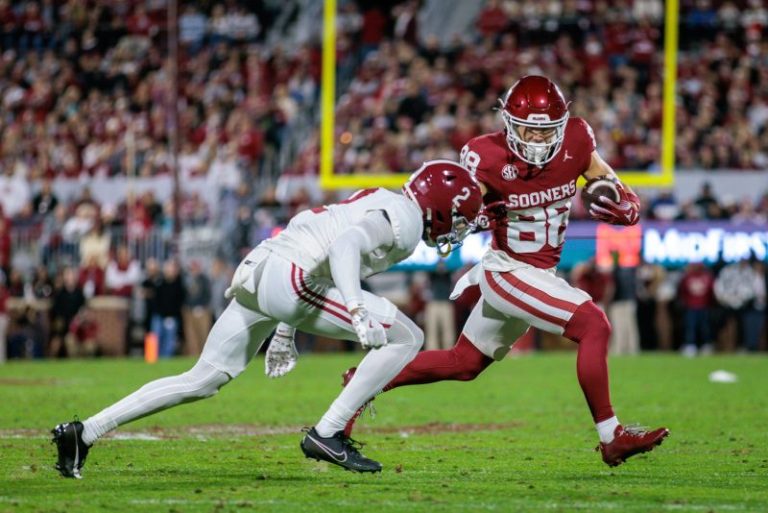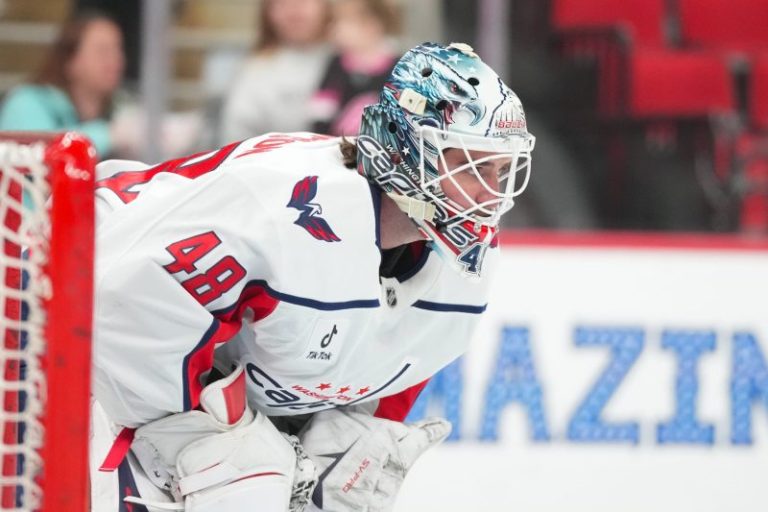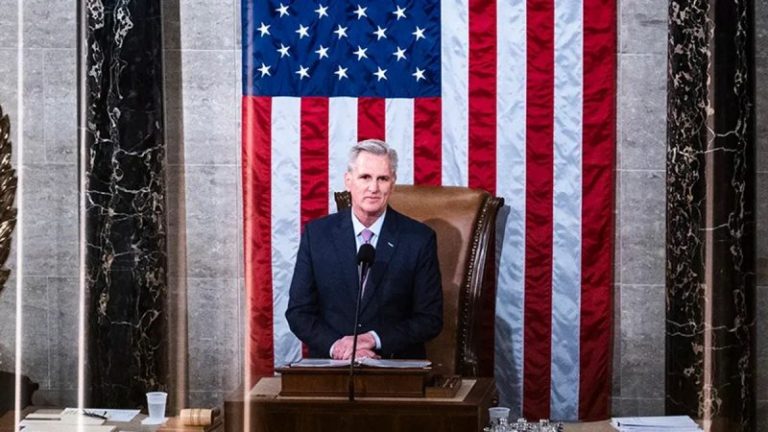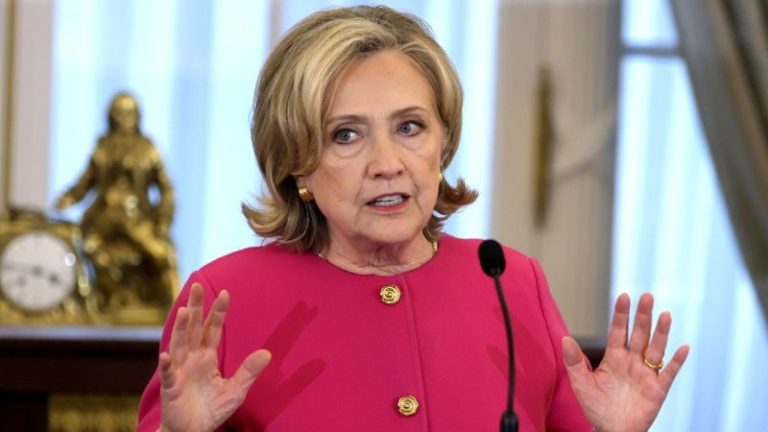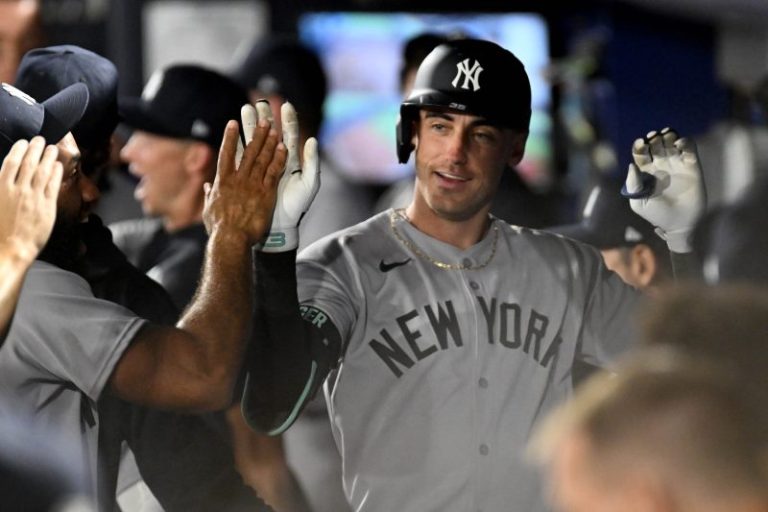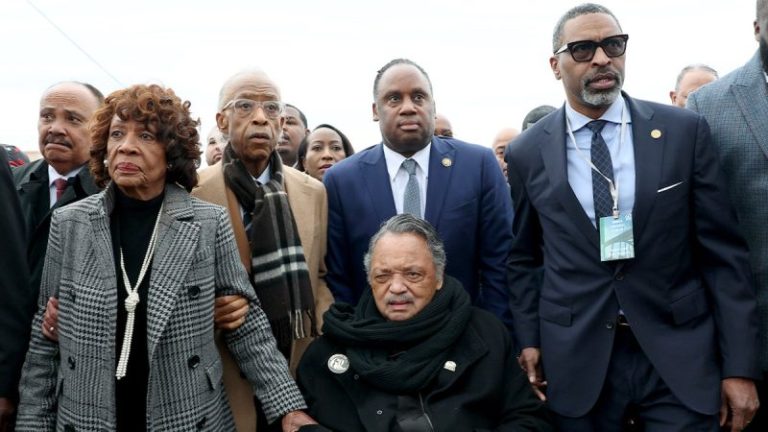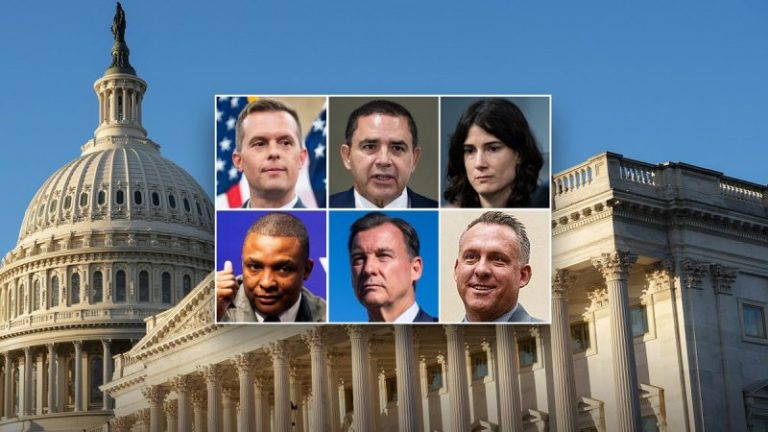LAS VEGAS — It was back in May when the narrative spread wildly through baseball that the demise of the AL East was here.
The New York Yankees were the lone team in the entire division that had a winning record on May 6.
The AL East’s magnificent run was finally over.
It turned out to be “Dewey Defeats Truman,’ baseball style.
That was premature, to say the least.
When the regular season ended, the Toronto Blue Jays and New York Yankees were tied for the American League’s best record, the Boston Red Sox had the fourth-best record, and the fourth-place Tampa Bay Rays still outscored their opposition by 31 runs.
“It was the demise of the AL East, right,’ said Erik Neander, Tampa Bay Rays president of baseball operations. “In late April, all you heard was, ‘This division stinks.’ By the end of the year, we are talking about it as being perhaps as good as it’s ever been.’
The AL East ultimately had three postseason teams, including one that came inches short in Game 7 of beating the Los Angeles Dodgers for their first World Series title since 1993.
Now all these teams are eyeing one another at the GM Meetings, wondering what in the world it’s going to take to even survive in 2026.
The Baltimore Orioles, who finished last after making the playoffs two years in a row, are expected to spend more money than perhaps any team in baseball.
The Blue Jays now have become a destination spot that every free agent suddenly finds quite attractive.
The Boston Red Sox have $250 million burning a hole in their pocket after trading All-Star Rafael Devers to the San Francisco Giants last summer.
The Tampa Bay Rays finally have a roof over their head with new ownership hoping primed to find the team a permanent new ballpark.
And the Yankees are well, the Yankees, with expectations to have a payroll of last least $300 million.
What in the world is it like to compete on a daily basis in the AL East?
“It’s invigorating, let’s put in that way,’ said Mike Elias, Baltimore Orioles president of baseball operations. “We have not had any team in the division in a rebuild for a few years now, I guess since we stopped being in a rebuild [in 2021].
“So, you’ve got five teams, five organizations going for it. Two of them are enormous markets. The Blue Jays are a whole country, and the Rays and us are pretty good organizations. And the other three teams are run pretty damn well too. So it’s definitely daunting.
“We like being in the limelight in the AL East. That’s kind of fun. And it sort of, I don’t know, it kind of sharpens your players a little bit. There’s positives to it, but I do think it’s the most consistently challenging division in baseball.’
Orioles rumors: Baltimore finally about to spend?
The Orioles, after paying the price for going cheap and not signing a marquee free-agent starter to replace Corbin Burnes, went just 75-87. They hardly resembled themselves after averaging 96 victories the previous two seasons with back-to-back postseason appearances.
“I mean, last season stunk,’ Elias said. “We were expecting to kind of pick up where we left off and be some type of a playoff team, wild card, win a division, whatever. And very, very little went well. It was really rough for all of us to go through, so we’re motivated to rectify that.’
That involves trades, free agents or perhaps a combination of both. There’s not an agent or rival executive at the GM Meetings who doesn’t believe the Orioles will be big-time buyers this time around, landing one of the marquee free-agent starters.
“We’ll see what happens,’ Elias said. “But since our new ownership group came in, there’s been more payroll available. … The ownership group has a lot of willingness to invest, but also want to win.
“We’re going to go out in the market see what we’re able to do to improve the team. We will be behaving as buyers this season, whether it’s for agency or trade.’
Really, they have no choice if they want to keep up with the Blue Jays, who suddenly are a juggernaut, and scaring the daylights out of everyone else in baseball. They were a classic underachieving team for years in the AL East, finishing last in 2024, only to put it all together – and now look capable of dominating the division for years.
The Blue Jays’ players spent the postseason regaling the media how much they enjoy living in Toronto and extolling the virtues of their close-knit team.
No wonder why the Blue Jays not only are favored to re-sign free agent Bo Bichette, but perhaps become a potential landing spot for outfielder Kyle Tucker or left-hander Framber Valdez and Ranger Suarez.
“There are players that don’t want to play in certain markets for various reasons,’ Blue Jays GM Ross Atkins said, “and we found Toronto to be exceptionally attractive to a large part of the baseball population.’
Atkins also expressed his love for competing in the AL East.
“I can’t say it with more of my heart,’ Atkins says. “It is so fulfilling to be in the AL East, the energy you feel on the road, the way the Al East travels, even in your own home ballpark, and obviously the talent on the field. Just how much every ounce of that division, interleague play matters in the end. The last couple of years have been as strong as ever, in my opinion, and it doesn’t look like that’s changing anytime soon.’
Will Red Sox make free agent splash?
The Red Sox, who have won four World Series titles this century, went through their mild rebuild but also now are built to be a contender. They have plenty of prospects to trade, plenty of money to spend, and a fanbase clamoring to be back atop the baseball world.
“I’m not going to get into specifics of payroll, per se,’ said Craig Breslow, Red Sox president of baseball operations, “but I’ll say that we feel like we have the support, we have the resources, to ensure that we can do the things that allow us to build a team that can improve on what we did in 2025. We had this goal to compete with the division, to make it back to the postseason, to go on a deep postseason run.
“We checked some of those boxes, not all of them.’
The Red Sox are hoping to have a repeat of their dramatic turnaround of a decade ago when they finished last in back-to-back seasons in 2014-2015, only to average 98 victories the next three years with three postseason appearances and a World Series championship.
“Sure, it’s tough,’ Breslow said. “It’s an incredibly competitive division. And every night we’re playing someone in the division that’s got the same aspirations as we do, to make it to the postseason, to go on a deep run. I think we saw that this year with three teams making the postseason, Toronto obviously going on a great run, and we expect that it’s probably going to be even better next year.’’
Certainly, no one in the division expects the Orioles to struggle again in the 2026, believing this past season was simply an aberration. If the Blue Jays can go from last to first, nothing is stopping the Orioles from an encore on their own stage.
“It’s a really talented team,’ Breslow said. “I know Mike very well and how competitive he is, and very confident. You know he’s going to do everything he can to improve the roster.
“When you play against them, it’s not comfortable. You know that they’ve got that really strong core of position players, and you know pitching their pitching was banged up. They’ll be back.’
Rays ready for Tropicana Field return
And so will the Rays, who a year ago had no idea where they’d even play when Tropicana Field had its roof torn to shreds from hurricanes, forcing them to play at the Yankees’ spring-training complex in Tampa.
“I couldn’t be more appreciative of the Yankees offering up Steinbrenner [Field], the accommodations in a really difficult situation,’ Neander said. “I think their generosity, their setup, was the absolute best you could have hoped for, asked for, under the circumstances.
“That being said, it was still very much like sleeping on your friend’s couch rather than living in your own home. …There was never a complaint. Everyone understood that we were there because something was much more important than baseball. And they went about their work all year like true professionals.
“But when you’re not home for that long, it does get a little exhausting. I think we felt it kicked our ass a little bit more than we thought.’
Now, Tropicana Field is opening back up and a new ballpark could be built with new ownership by 2029. Normalcy will never feel so good.
“We’re just looking back to getting into that natural habitat that we’ve enjoyed for so long,’ Neander said. “I’ve heard the words, ‘I miss the Trop’ far more often than the last six months than I probably would have ever expected. But you know, that’s our home. That’s our place. I just think the energy of it, it’ll be helpful to be back there and get back into just a normal routine.’
Yes, back to being a contender and challenging for the AL East title, just like in back in 2019-2023 when they made the postseason five consecutive years, won two division titles and an American League pennant.
“I think you got five teams that are all in our own ways, aiming for a postseason spot,’ Neander said, “and have those expectations. So look, it’s difficult, it’s challenging, and it’s a gauntlet. But that’s a lot of the fun in it. … There’s not a whole lot of margin for error. The division requires you to be your best and bring your best to have a chance to play in October.
“Hopefully there’s some iron sharpening iron within this five-team group here. Just incredible talent. Really well-run organizations. It’s been easy in this division, but we wouldn’t have it any other way.’
Yankees rumors swirl as free agency begins
And, of course, there’s the Yankees. They haven’t had a losing season since 1992. They’ve made the postseason in 26 of the last 31 years. But they just haven’t won a World Series since 2009.
The Yankees want to bring back free agent outfielder Cody Bellinger, making him one of their top priorities. They want to sign at least one more front-line starter with three of their starters opening the season on the injured list. They want bullpen help with four relievers hitting the free-agent market. They want a backup catcher.
“We are always fluid with our payroll situation,’ Yankees GM Brian Cashman said. “Payroll is usually not an issue that we have had to deal much with.’
While Cashman has yet to receive a specific budget from owner Hal Steinbrenner, everybody knows the Yankees can pursue whoever they want.
‘We’re very interested in bringing [Bellinger] back,’ Cashman said. “He’s going to have a lot of choices because he can do a lot of different things. He was a terrific addition for us last year … We’d be better served if we could retain him. But if not, we’ll have to look at alternative ways to fill it and see where that takes us.’
If the Yankees don’t sign everyone they desire, they have to look no further than the Blue Jays for inspiration. The Blue Jays were left at the altar by everyone from Juan Soto to Pete Alonso to Corbin Burnes to Roki Sasaki lastwinter, and they still went from last to first.
“The biggest takeaway I see here, and try to remind our guys,’ Neander said, “is Toronto did all that that on the back of a lot of improvement from players they had in 2024. It’s a reminder that you don’t need to go outside the walls of your group to get better. It can help, obviously, but let’s not wait for anyone to come and join us. Let’s make sure we’re doing the best we can to maximize the group we have.
“We just saw a team in our own division do that very well last year, and they were rewarded.’
See you in 2026, where the AL East will be better, more powerful, and more competitive than ever.
Once again.
Follow Nightengale on X: @Bnightengale
This post appeared first on USA TODAY

